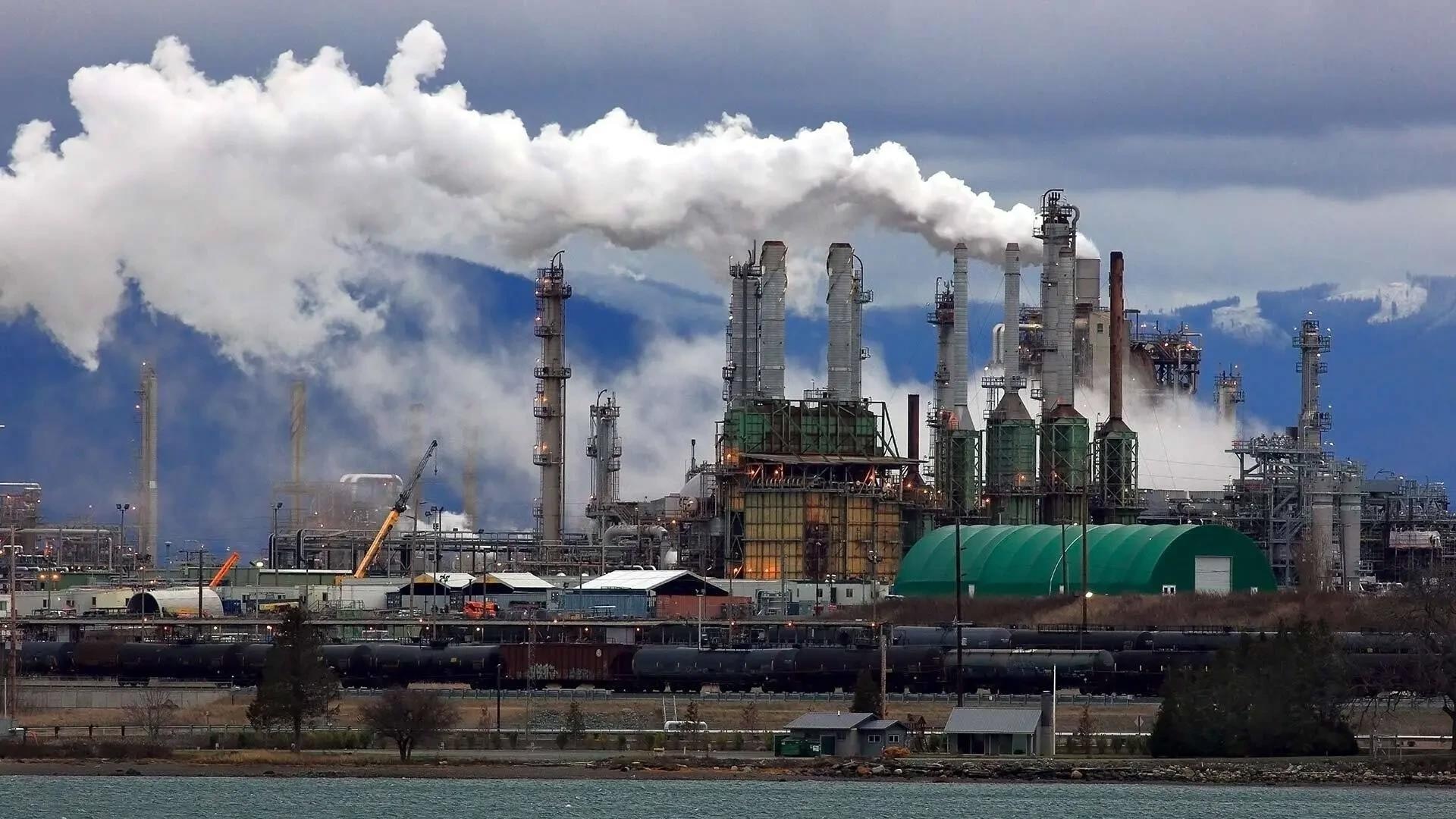Methane stands as the Earth's second-most prevalent greenhouse gas, and its emissions have been swiftly and enigmatically escalating since 2007. Despite its widespread presence, tracking the origin of this colorless compound remains a complex task, complicating endeavors to mitigate gases that contribute to atmospheric heat retention and global warming.

UMD researchers have developed a new method to track methane, a leading greenhouse gas contributing to climate change, distinguishing fossil fuel sources from microbial sources arising from swamps, landfills, and farms. Image Credit: iStock
To surmount this challenge, a team of researchers led by the University of Maryland devised a pioneering method to "fingerprint" methane. Recently published in the journal Proceedings of the National Academy of Sciences, their study scrutinized the chemical composition of methane's rarest variations, known as isotopic variants.
This innovative approach aids researchers in discerning between fossil fuel origins of methane and microbial sources stemming from areas like swamps, landfills, and farms—a distinction challenging to achieve using current methods that focus on measuring methane's more prevalent isotopes.
Methane plays a significant role in climate change, but there are many unknowns about the reasons behind the recent increase in atmospheric methane. Our understanding of how to control and decrease methane emissions to the atmosphere is going to be critical for maintaining our standard of living, as well as avoiding huge costs to society in the not-too-distant future.
Mojhgan Haghnegahdar, Postdoctoral Fellow and Study Lead Author, National Science Foundation, Department of Geology, University of Maryland
The research team collected air samples from multiple locations around or near the UMD campus for analysis. Using specialized extraction equipment, they captured methane from diverse sources, including a covered grill burning wood and charcoal, wetlands, compressed air samples, and natural gas. Post the isolation and purification of methane, a high-resolution mass spectrometer was employed to meticulously examine the gas's chemical composition.
Their analyses uncovered a distinctive signature for microbial methane sources compared to those originating from fossil fuels. This isotopic fingerprint of a specific methane plume could serve as a means to pinpoint the source, assisting policymakers in tracing this greenhouse gas back to its origins and prioritizing efforts for mitigation.
Haghnegahdar adds, “Understanding what drives fluctuations of atmospheric methane carries important implications for how society approaches the mitigation of this greenhouse gas. Do we focus mitigation efforts on fossil sources such as natural gas leakage or on microbial sources such as landfills, agriculture, and wetlands?”
Russell Dickerson, an atmospheric and oceanic science professor at UMD and a co-author of this study, explained why methane is so difficult to trace back to its source.
Methane has many sources -both natural and man-made - so if a landfill and a swamp are located near a natural gas distribution center or near a city with a leaky, old supply infrastructure, it is hard to distinguish which source dominates. The isotopes can tell us where the methane came from.
Russell Dickerson, Professor and Study Co-author, Atmospheric & Oceanic Science, University of Maryland
The researchers believe their methodology not only aids in monitoring current emissions but could also be retroactively applied to study long-term shifts in the global methane cycle. Their ongoing efforts involve obtaining air samples spanning decades to assess the accuracy of past models depicting methane emissions. Moreover, their approach holds potential in evaluating the effectiveness of endeavors aimed at mitigating or reducing atmospheric methane.
Methane's potency in trapping heat surpasses that of carbon dioxide by more than 28 times. However, its relatively shorter lifespan—about 10 years compared to the hundreds of years carbon dioxide can persist in the atmosphere—renders it a significant focus for climate action, as emphasized by study co-author James Farquhar.
Reducing methane is one of the few things we can do that will have some effect in our lifetime. If we can buy just 50 years so that other people can figure out how to address climate change, we’re going to be living in a much different world.
James Farquhar, Study Co-Author and Chair, Distinguished University Professor, Department of Geology, University of Maryland
In addition to Haghnegahdar, Dickerson and Farquhar, UMD-affiliated co-authors of the study have geology Professor Alan Jay Kaufman, Department of Environmental Science and Technology Associate Professor Stephanie Yarwood, geology Postdoctoral Associate Amaury Bouyon, biological sciences Ph.D. student Nora Hamovit, Nicole Hultquist ’21, geology Associate Research Scientist Cedric Magen and geology Ph.D. student Jiayang Sun.
Journal Reference
Haghnegahdar, A, M., et al. (2023). Tracing sources of atmospheric methane using clumped isotopes. PNAS. doi.org/10.1073/pnas.2305574120